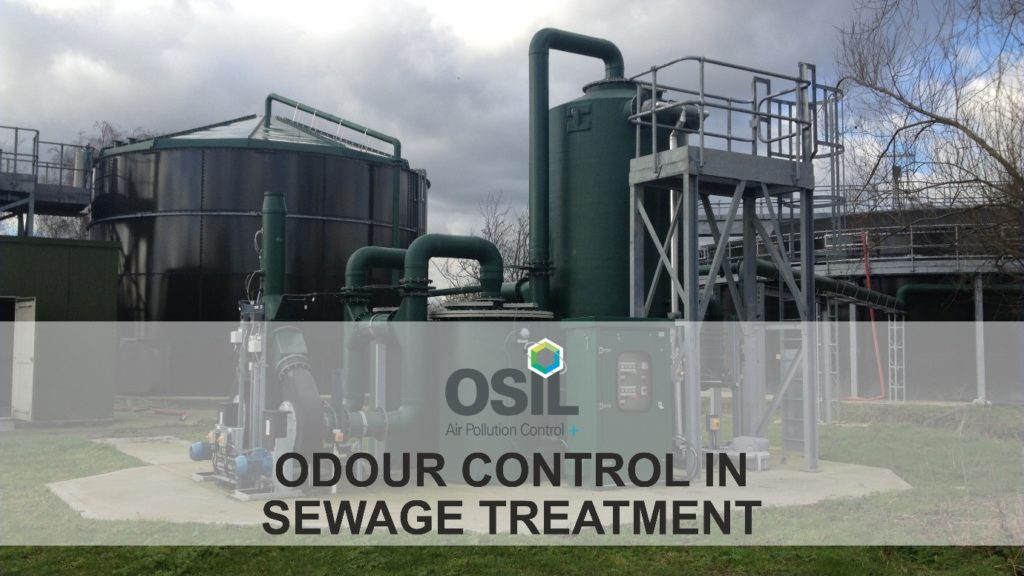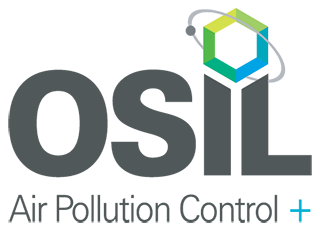
Sewage treatment plants must route odours through odour control systems to control air pollution. Ventilation systems are useless on their own for odour control if all they do is vent odours out into the atmosphere.
This setup would only pollute the atmosphere and cause a nuisance with the local population. It may even get you in trouble with the local council. For these reasons, odour control should be a top priority for all treatment works.
Getting to the root of your odour problem
The most common cause of a foul odour in sewage treatment plants is the release of hydrogen sulphide (H2S). This offensive odour is also known as “sewer gas” and it can cause health problems.
Other types of odours include amines which possess an ammonia smell and mercaptans which give off the stench of rotting food.
Sewage moves through pipes and is treated by a number of processes contained in large tanks. This environment is contained. The screenings and sludges are separated and pumped away into containers. Again, the environment is contained. So, you might be wondering how odours escape and make a plant smell?
The main cause is biological overload and odour overload. Quite simply, tanks and process rooms have to be ventilated and sludge has to be removed at least once a year and tanks have to be cleaned. This can allows odours to escape. Plants can also have spills and accidents that can also cause significant odour problems.
Odour control systems in sewage plants
Controlling odours so that they are not a problem for the local population is important for several reasons, chief of which is a social responsibility to ensure that your operation does not impact on the lives of local residents.
Thankfully, there are a number of odour control systems we can use in sewage treatment plants so that the air vented is clean and odourless.
Some of these systems include:
Tube vents and a passive filter
These are an activated carbon-based, passive odour control unit. They are commonly utilised to absorb vent gases from sewerage processes.
One stage carbon filtration
Our CuCarb® activated carbon dry scrubbers can operate as a single standalone unit or as a polishing unit downstream of biological or chemical treatment systems. OSIL’s selected activated carbons serve as media to purify air streams by concentrating and retaining odorous gases and vapours.
Single-stage chemical scrubbing
Our ChemKlean® Scrubbing System has no moving parts to reduce maintenance. This system works by using a liquid to absorb odour-causing components in gasses. The gas is then released into the atmosphere.
Dual systems
Dual systems combine two systems for odour control, such as biofiltration + carbon filtration or chemical scrubbing + carbon filtration. We call this process multi-stage filtration, and it is used to control powerful odours.
What’s the right solution for your sewage plant?
The scale of your operation, the types of equipment you use, and the design of your building and ventilation system will determine the right solution. There is no one-size-fits-all approach. It’s important to note that the size of the systems used in odour control vary. You need bigger systems for higher air volumes. We can recommend a few options if you’d like. Feel free to call us on (0) 1543 506855 for a chat.
